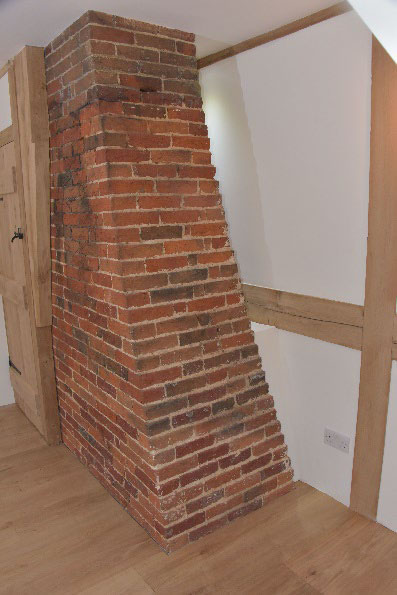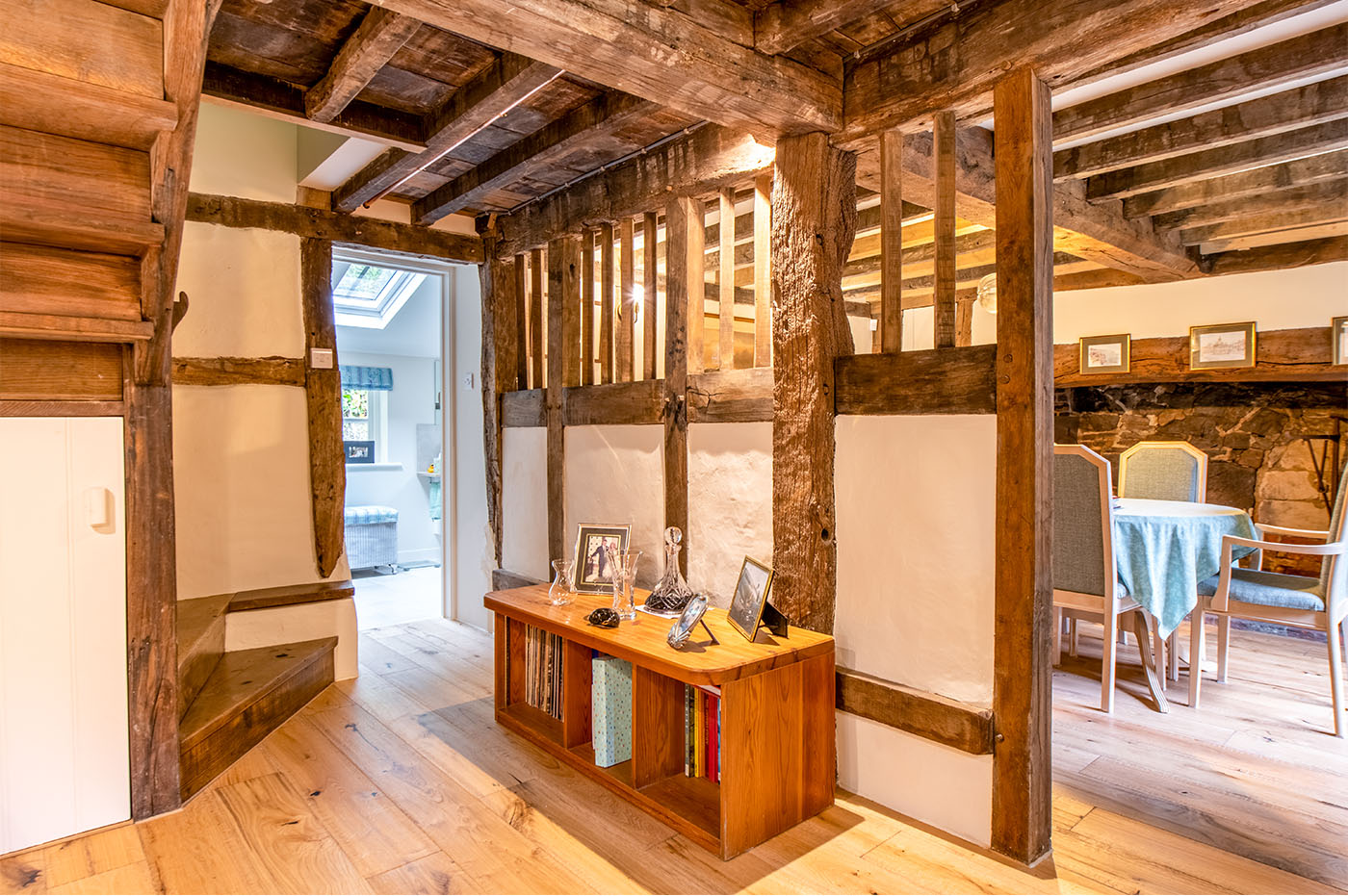Conservation is an extensive subject and covers worldwide factors and concerns. We can only assist and advise on issues relating to construction, but it all helps to conserve the history of our world.
In some instances, there may be a wish to may restore the house to the original layout or to compliment the design with a matching addition.
At the outset of any project, it is essential to retain all the fabric of the property and research any records to learn how the house had changed over years. In this way, the original layout and the remaining features can be explained.
In all situations, the integrity and use materials should be maintained, fitting for the period of the house.
Salvaged materials were readily available in earlier years from demolitions, but as time has passed, people started to retain the original features and the demolition of period properties were controlled. This has enabled small firms to flourish producing hand made bricks and tiles to enable repairs and alterations to properties.
The softness and strength of lime in construction for mortar and plastering are essential when restoring or conserving older properties.
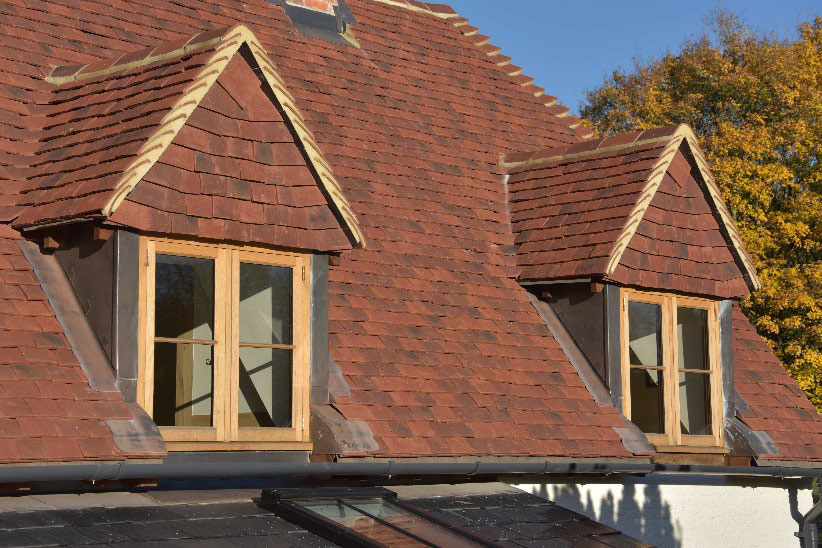
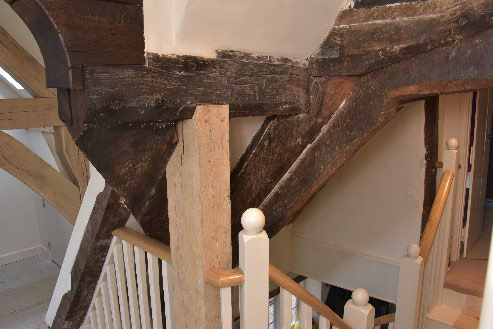
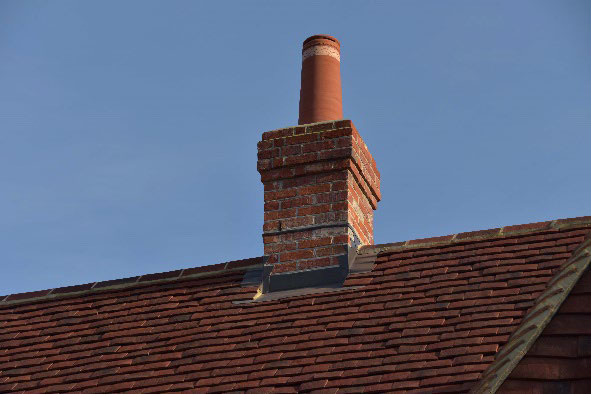
In the same way, there are so many materials available for conservation – these products will be responsibly produced from UK suppliers – oak beams, wood fibre insulation, stone, flints, lime wash paints, wall papers, sash windows, metal casements, joinery patterns and clay plaster.
Particular features can be repaired or restored by a Conservator such as plaster cornices, wall paper, fireplaces, floor tiles. Some remarkable finds can be discovered beneath surfaces…
- Research history of the property.
- Assess features to be restored.
- Identify local supplies of materials.
- Discuss proposals with Conservation Officer.
- Decide on the scope of conservation.
- Specify your chosen materials
Breaking
